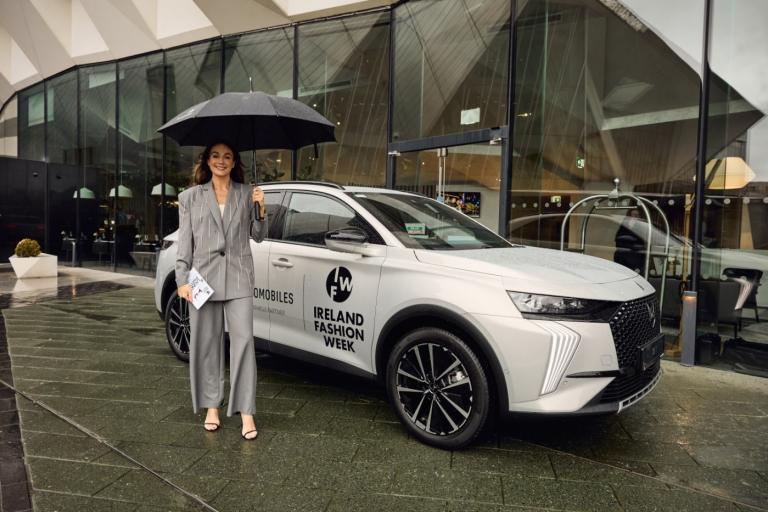Sorento diesel beats one blind spot and casts spotlight on another
Published on 31 October, 2020
Hard on the juice: the new Sorento seven-seater from Kia
Overview
I plead guilty to being a sucker for a gadget or two in a new car, but I think I can justify my fascination in the case of this week’s review motor. The new Kia Sorento is a big, roomy, comfortable seven-seat SUV with a 2.2-litre diesel engine, leather seating and all sorts of technology. But one little bit of driver-aid innovation grabbed my initial focus.
Maybe it’s because I’m always fearful of not being aware of another vehicle overtaking or undertaking me. We know it as the ‘blind spot’ and it leads to many a side-swipe and near-miss.
It is a price we also pay for driving in jammed streets or on roads where so many people blindly change lanes without looking over their shoulder. Most new cars have versions of ‘blind-spot’ warnings. Usually yellow lights flash and there’s an audible alert. However, the system in the Sorento takes it to a new level. Well, it did for me anyway.
When I indicated right or left, a big circular live video popped up on the instrument cluster display. It showed the relevant side of the car and the immediate road behind from a great vantage point. Wide-angle cameras, in the door-mirror housings, give a wider viewing angle than the mirrors. It was crystal clear. I thought it was a great piece of driver safety. I felt so much more at ease regardless of traffic density. Kia call this Blind-Spot View Monitor a “second pair of eyes”. It’s a good description.
Maybe the Sorento isn’t a mega household name but it has been a steady favourite with larger families for ages. Its big attraction is its capacity to accommodate occupants in three rows of seats (this new car has more leg, shoulder and head room). There is a caveat: the third row is for toddlers and even with the middle row at its furthest forward (it can slide up to 45mm) the gap to work with — as in securing a child — felt tight. There is more-than-generous room for front and second-row occupants and plenty of luggage space when the third is flattened.
It’s a big step up on the old one, with a much more upmarket feel, especially on cabin materials. And despite its increased accommodation (based on a new platform, being 10mm wider, 35mm longer wheelbase and shorter overhangs), it looks less bulky. That’s down to slimming-effect design lines and lack of SUV show-off muscle across the rear.
As I drove it up and down the country, I couldn’t help thinking about the 2.2-litre diesel under the bonnet. Are we to say goodbye to the likes of this sooner rather than later? I hope not. It was a pleasure to drive, though it was, I have to say, disappointingly hard on the juice (7.1litres/100km). There is a petrol plug-in (PHEV) coming in the new year which will sway people away from diesel, I suppose. As well as that, it will have all-wheel-drive (AWD) as opposed to 2WD in the test model. We’ll have to wait and see but I remain a fan of the diesel in a vehicle of this nature. With a fine new eight-speed auto, it felt like a proper large family car.
There was also evidence to back Kia’s claim that the Sorento is their highest-tech car to date on connectivity, driver assistance (blind spot is one of many features) and infotainment.
Those technologies, focused on twin digital displays, gave an initial sense of clutter but for some reason I found a logic to the layout: there’s a 12.3in instrument cluster (where the Blind Spot video shows) and a 10.25in touchscreen system at the centre of the dash. It worked.
So would I buy it or wait for the AWD plug-in hybrid early in 2021? The hybrid combines a 1.6-litre petrol engine with a 1.49 kWh lithium-ion polymer battery pack and 44.2kW electric motor — with a total output of 230PS. With its six-speed auto transmission, I’d reckon on getting 40km or so on battery power alone. Price will be a factor too.
I should be in a bit of a quandary but I’m not. Due to lack of domestic charging facilities — on which the whole plug-in concept relies to partially replace fossil power with electric charging — I’d opt for the diesel right now. At least I’d know what I’d be getting. I don’t like the idea of not being able to plug-in easily and regularly to benefit from the larger battery. And I don’t like the idea of potentially higher fuel bills incurred by having a 1.6-litre petrol pick up most of the slack on longer journeys to push this car’s large frame around.
We need to take a close look at the whole area of helping to expedite people being able to charge at home. It remains a serious blind spot on the road to electrification.
Facts and Figures
Kia Sorento 7-seat SUV:
2.2-litre diesel, 8spd auto. From €51,600 (K3 2WD model; K4 €56,500). Spec: smart cruise control, leather upholstery/heated front seats, charge ports on three rows, 18in alloys, 10.25in navi screen, rear-view camera, 12.3in monitor, highway drive assist, parking sensors. K4 adds panoramic sunroof, electric front/heated rear seats, 12-speaker Bose system, Around View.
Latest Reviews

Volvo Cars starts production of EX30 in Europe

Dacia Spring: Ireland’s Best Value EV Just Got Even Cheaper

DS Automobiles Named Official Vehicle Partner for Ireland Fashion Week